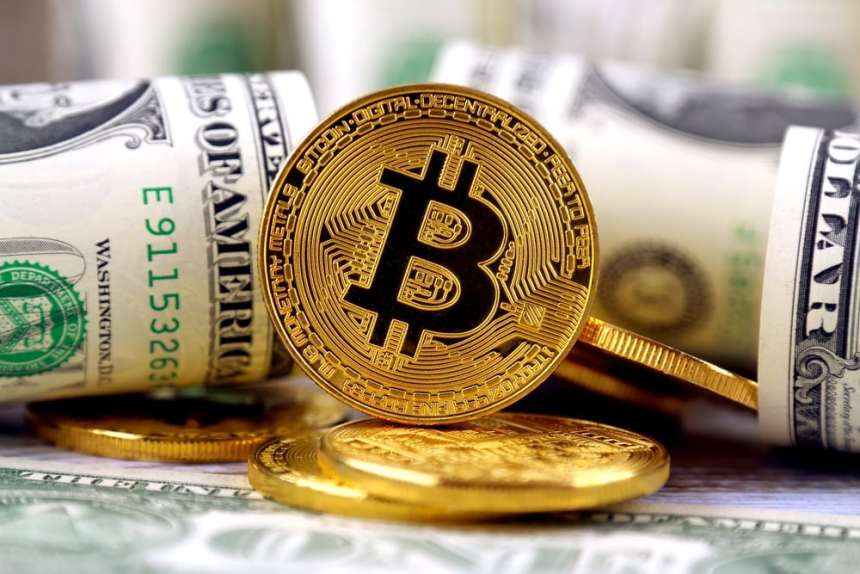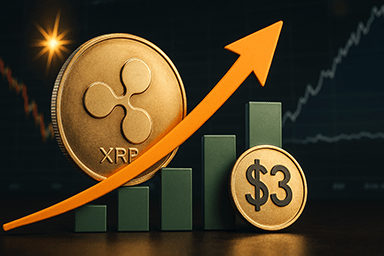Reason to trust

How Our News is Made
Strict editorial policy that focuses on accuracy, relevance, and impartiality
Ad discliamer
Morbi pretium leo et nisl aliquam mollis. Quisque arcu lorem, ultricies quis pellentesque nec, ullamcorper eu odio.
‘Wall Street’s Crypto King’ Bart Smith is expecting institutional investors to move into the cryptocurrency market once regulations are clarified.
Institutions Need Regulatory Certainty
Smith runs the investment firm Susquehanna International Group which started investing in Bitcoin in 2014 and expanded in 2017 during the crypto boom. He said that the company trades on average $200 million a day on Bitcoin futures. Smith told CNBC that institutional investors are waiting on regulatory clarity which will allow the floodgates to open.
“[Regulatory] clarity will allow institutions to come in more than anything else because institutions don’t like to invest into uncertainty. So we’re just taking the most conservative approach that we can,” said Smith.
The crypto market is both volatile and loosely regulated. This means the majority of investors are individuals as they do not have to worry about compliance issues and stakeholder’s opinions. Some banks have started dipping their toes in the water, such as Santander creating a financial payments app with Ripple and Barclays launching a venture capital fund into emerging technologies. However, it appears that the lack of regulation is holding up entry to the market.
Coinbase may help to open the doors as they released four new products designed to open up the market. NewsBTC reported that they aim to open up $10 billion of institutional investor money that’s waiting to move into the market.
Regulations Will ‘Give Investors Confidence’
CNBC also reported that money managers for multibillionaires are getting prepared for making entries into the market. This may happen as soon as the end of 2018, according to pension industry advisors. Managing partner of BlockTower, Ari Paul said: “I do think it’s inevitable from a few angles. Even if they never believe in it as an asset class, they’re smart enough to recognize the alpha opportunity.”
Institutional investors are preparing to enter the cryptocurrency market with a vengeance. They are generally long term investors and will be pumping billions into the market. Expect the top ten coins to go through the roof fairly quickly. The bulk of alt coins will soon follow.
— John McAfee (@officialmcafee) May 21, 2018
Regulation may be on its way as the U.S. Securities and Exchange Commission (SEC) is starting to catch up and has clarified its position on initial coin offerings (ICOs) as securities and Bitcoin not being a security. They have also released details on the listing of the first Bitcoin exchange-traded funds (ETFs) in the U.S. According to this release, proceedings are set to begin. John Hyland, the global head of exchange-traded products for Bitwise Asset Management, told ETF that once the first ETF is approved, others will follow and the SEC will have no grounds to turn them down.
CME Group has also said that demand has been rising from institutional investors in Asia and that demand was up by 50% over the first four months of 2018. He also pointed out increasing interest by new investors looking to get into the market. He said: “More regulation will increase efficiency of the market and give investors confidence.”
Featured image from Shutterstock.


















They should not wait too long, hedgefunds are eating their lunch right now.
A wishful thinking. Nice trying to pump.
It’s a bit early but with the billions spent around the globe on infrastructure to enable smoother transition, institutional investment is not far off. The acceleration of infrastructure growth is surpassing even the wildest predictions (not price predictions, but rather infrastructure predictions).
I think the biggest catalyst will be creating a more user friendly experience for wallet storage and a feeling of confidence in that storage. Demand drives innovation so the tech will evolve quickly. To grasp the understanding of only 21 million Bitcoins ever being available is to grasp the potential for prices to be higher than most people imagine.
I also believe it’s important to understand just how early in the game we are compared to where this is all headed. Once the digital generation begin investing in cryptos as their primary choice of value storage, things will escalate rapidly.
Another way to look at it, in the grand history of money, is that the collapse of one form of money in favor for another usually occurs quite rapidly, usually when it is demonstrated that the inferior form can be easily created in large quantity relative to its existing supply.